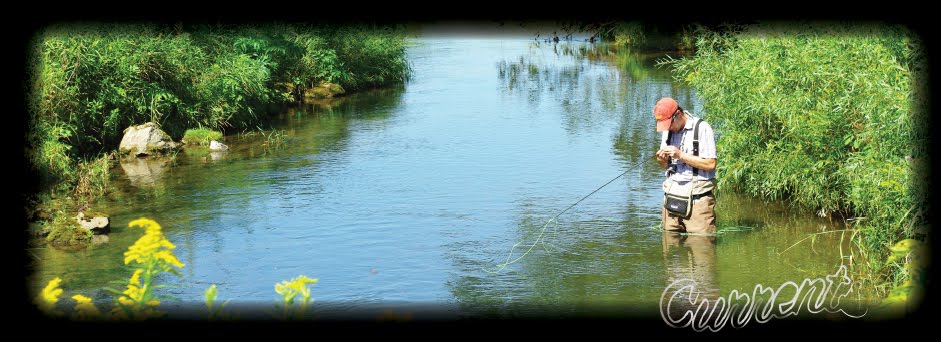Monday, August 27, 2012
Sunday, August 26, 2012
Some excuses for not catching fish (gar) this morning
They just aren’t biting.
I wonder if that airboat that went by a while back spooked them.
Maybe they can hear the kids slamming doors up on the hill.
I should just put a hook on this fly and fish it deep for smallies.
Gar really aren’t that fun to catch anyway, it sucks getting all the rope out of their teeth.
It’s just nice to be out on the water.
This overcast morning would have been a good one to spend fishing trout on that one river in Iowa.
Ok, maybe they are eating, I just saw some rises over there.
This fly doesn’t have enough flash and it’s too beat up, doesn’t have enough rope left to land a big one anyway.
I need scent.
I’m fishing this fly too shallow.
I think they want it presented upstream, directly in line with the current, not broad side.
What are they taking? They are eating something, I can see them.
Screw it, I’m out of coffee and getting hungry. Gar suck.
-My excuses are getting old, perhaps you have some that you would like to share.
Sunday, August 19, 2012
Some trends in bass, pike and bluegill abundance on the Upper Mississippi River
There is something like 140 known fish species that inhabit the Mississippi River. Knowing how specious this big river is, a couple of years ago I was sure I would beat John in a contest to see who could catch more warmwater species on the fly rod. John lives more than an hour from the Miss. and at the time I lived 4 blocks from it. In the end, John humbled me by a single species: a quillback caught from a small stream in Iowa. But this is not an article about quillback of John's superior warm water tactics.
That year I learned that there are 120 or so species that are not easily caught with flies and a dozen or so that are. Three species that are particularly easy to fool with flies: bluegill, largemouth bass, and pike, are also quite common in the Upper Miss. Shown here (left) are 19 year trends in the frequency of occurrence of these species by La Crosse, WI. The data here were collected using a method called 'day electrofishing', which is basically driving around in a boat, shocking the water for 15 minutes in a specific location and collecting all of the fish that float to the surface. The high frequency of occurrence of these species indicates that when the DNR shocks the water in any given place, there is a greater than 90% chance they will find a bluegill or bass, and a greater than 40% chance that they will get a pike, pretty good odds.
Another way to look at the fishery of the UMR is through the lens of squarified tree maps. In the map to the right, the size of the box is scaled to the proportional abundance of each species. BLGL (bluegill) are like rats, making up more than 1/3 of the catch in 2011 in Pool 8 near LaCrosse. What's more, the green color of the box indicates that the bluegill catch in 2011 was greater than historical estimates. LMBS (largemouth) were the second most abundant species in 2011, which is good because they can eat some of those bluegill (and perhaps your streamer or popper).
So find yourself a boat launch or spillway and tie on a fly, the numbers are on your side. Oh, and if you want to catch one of those other 120 species, you might try dragging a crawler along the bottom of the river.
To have some fun with Upper Mississippi River fish data, go here:
http://www.umesc.usgs.gov/data_library/fisheries/graphical/fish_front.html
 |
| 19 year trends in the catch frequency of bluegills, bass and pike |
 |
So find yourself a boat launch or spillway and tie on a fly, the numbers are on your side. Oh, and if you want to catch one of those other 120 species, you might try dragging a crawler along the bottom of the river.
To have some fun with Upper Mississippi River fish data, go here:
http://www.umesc.usgs.gov/data_library/fisheries/graphical/fish_front.html
Thursday, August 16, 2012
Thursday, August 2, 2012
Subscribe to:
Posts (Atom)









